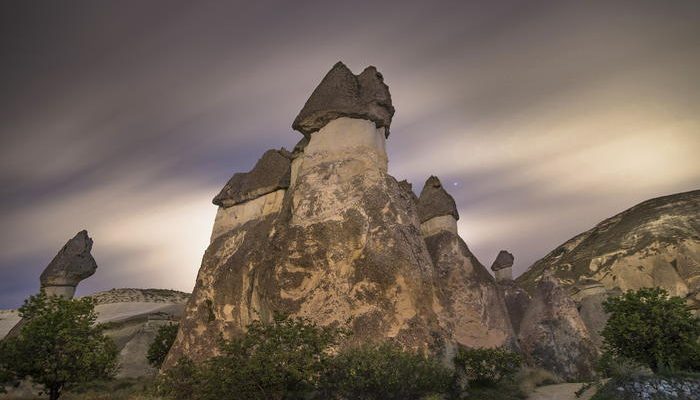Earth is a planet full of wonder, from the highest mountains to the deepest oceans. But what about the geological formations that have been shaped over millions of years? Get ready to be amazed by our list of the 10 most amazing geological formations on Earth. From towering rock formations to shimmering crystal caves, we’ve scoured the globe to find the most jaw-dropping and breathtaking wonders of nature. Join us on this journey to discover some of the most stunning and awe-inspiring landscapes that our planet has to offer.
10 – Moeraki Boulders – New Zealand
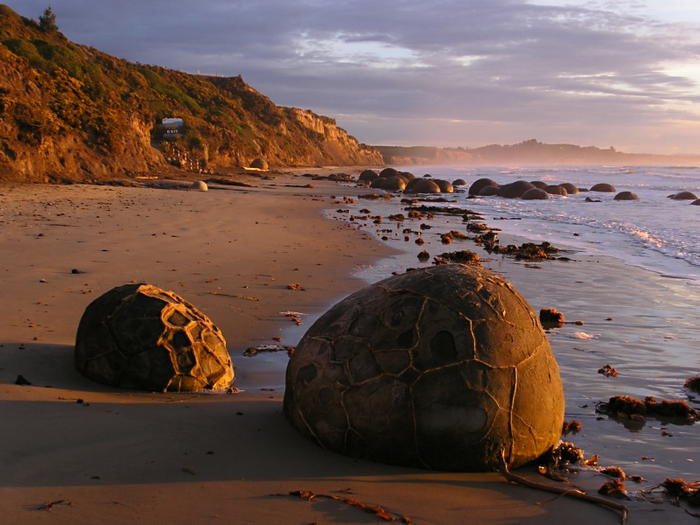
These unusually large and spherical boulders lie along a stretch of Koekohe Beach on the coast of New Zealand. Their origin has been the subject of many Maori legends, but scientifically speaking, they are the result of coastal erosion.
09 – Giant’s Causeway – Northern Ireland
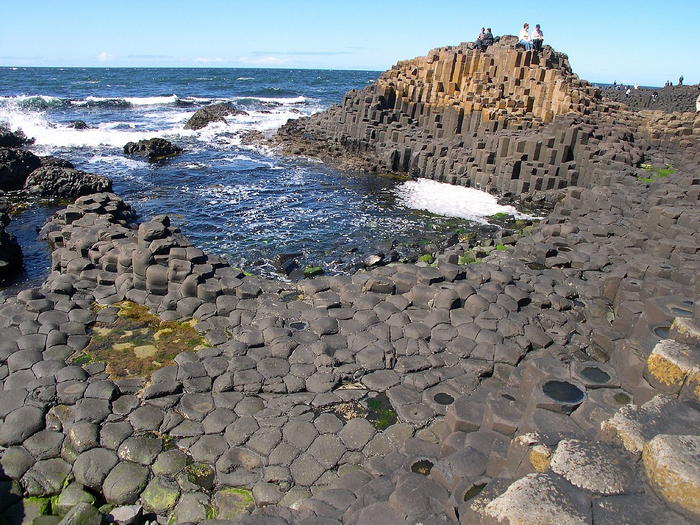
The Giant’s Causeway is an area of about 40,000 interlocking basalt columns, the result of an ancient volcanic eruption. The tops of the columns form stepping-stones that lead from the cliff foot and disappear under the sea. It was declared a World Heritage Site by UNESCO in 1986.
08 – Mono Lake – California
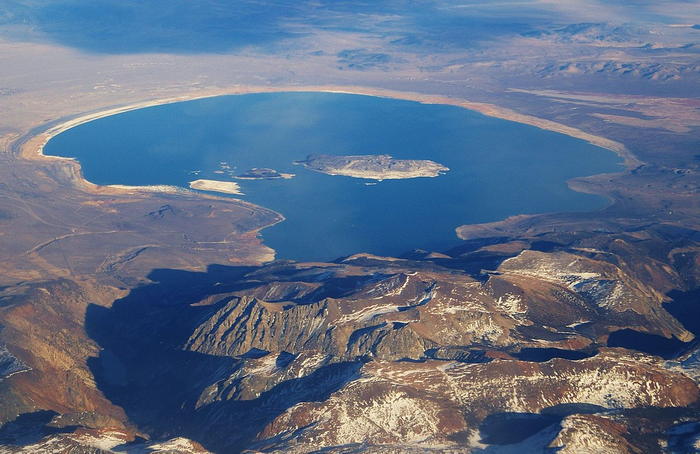
Mono Lake is a large, shallow lake with no outlet to the ocean. The lack of an outlet causes high levels of salt to accumulate. Although its high alkalinity is not livable for fish, it still has an unusually productive ecosystem. The brine shrimp which thrive in its waters provides food for two million migratory birds which nest there annually.
07 – Gibson Steps Geological Formations (The Twelve Apostles) – Great Ocean Road, Australia
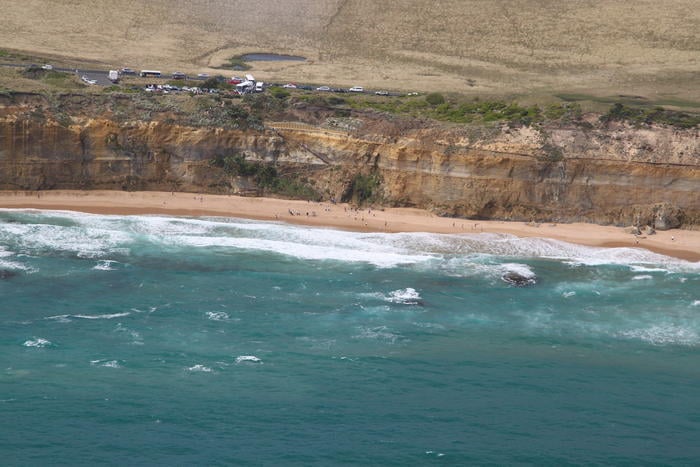
The Twelve Apostles is a collection of limestone stacks off the shore of Port Campbell National Park, near Great Ocean Road in Victoria, Australia. They were formed by the harsh weather from the Southern Ocean gradually eroding the soft limestone to form caves in the cliffs, which then became arches, which in turn collapsed, leaving rock stacks up to 45 meters high.
06 – Door to Hell – Turkmenistan
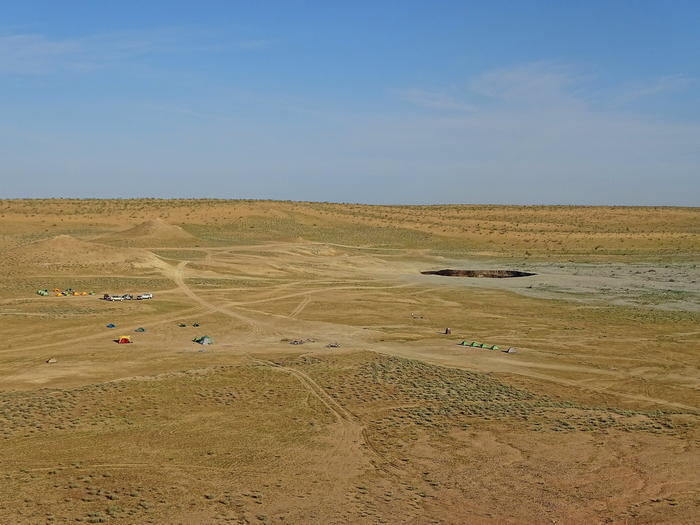
The Door to Hell is a natural gas field in Derweze, Turkmenistan. It’s known for its natural gas fire, which has burned continuously since it was lit by Soviet petrochemical scientists in 1971. Fed by the rich natural gas deposits in the area, the pungent smell of burning sulfur pervades the area for some distance
05 – Chocolate Hills – Philippines
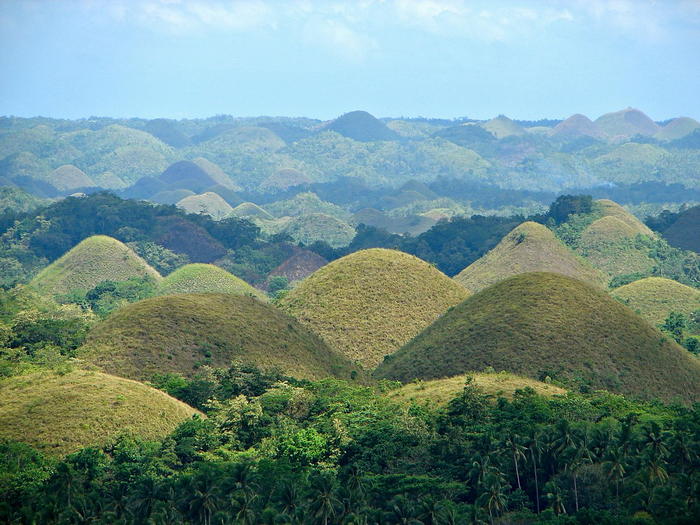
The Chocolate Hills is a geological formation in Bohol Province in the Philippines. There are at least 1,260 hills spread over an area of more than 50 square kilometers. They are covered in green grass that turns brown (like chocolate) during the dry season, hence the name.
04 – Stone Forest – China
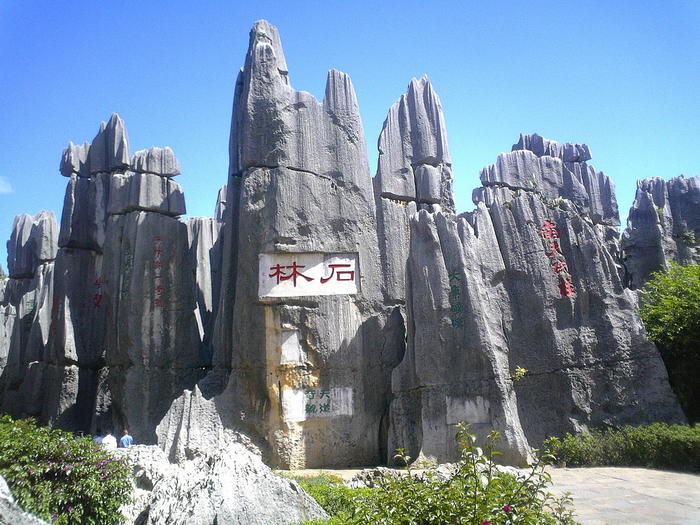
The Stone Forest is a notable set of limestone formations in the Yunnan Province of China. The tall rocks seem to emanate from the ground resembling stalagmites, with many looking like petrified trees, creating the illusion of a forest made of stone.
03 – Fairy Chimneys – Turkey
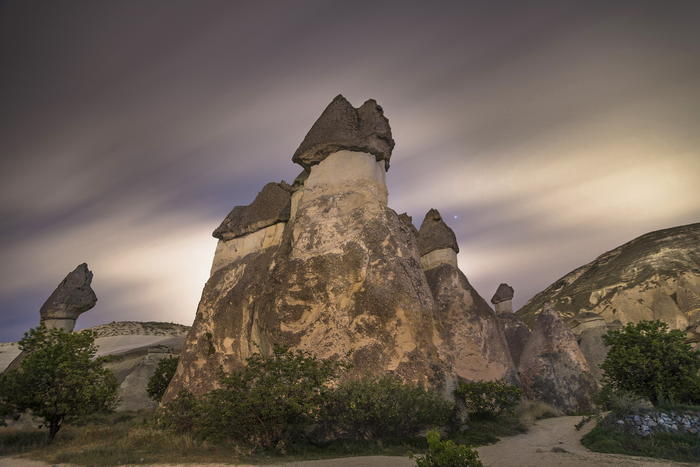
A hoodoo, also known as a fairy chimney, is a tall, thin spire of rock that protrudes from the bottom of an arid drainage basin or badland. Hoodoos, which can range from 5-150 feet tall are famously found in the historical Cappadocia region of Turkey. Amazing geological formations!
02 – The Wave – Arizona
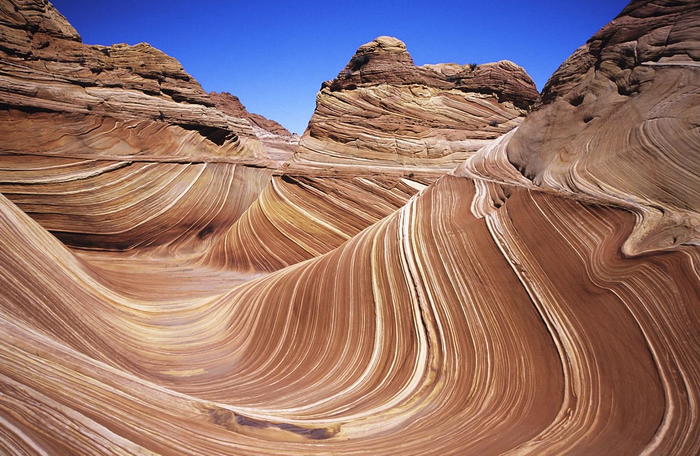
The Wave is a sandstone rock formation located near the Arizona-Utah border on the Colorado Plateau. It’s famous among hikers and photographers for its colorful, undulating forms and the rugged hike required to reach it.
01 – Fingal’s Cave – Scotland
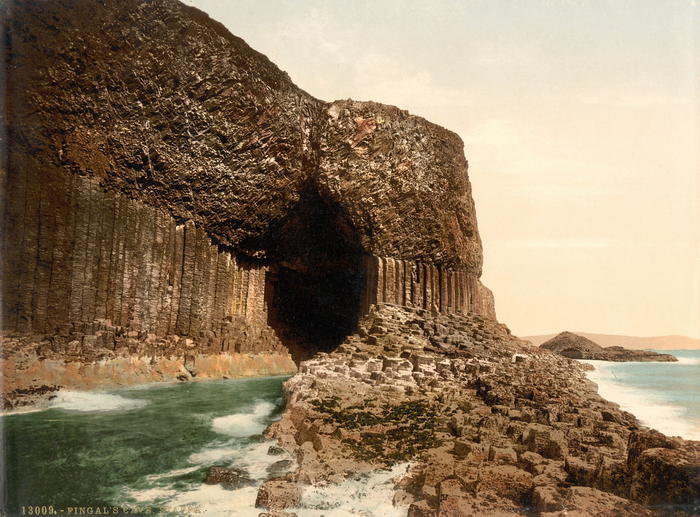
Fingal’s Cave is a sea cave on the uninhabited island of Staffa in Scotland. Its size, naturally arched roof, and eerie sounds produced by wave echoes, give it the atmosphere of a natural cathedral. The cave’s Gaelic name, An Uaimh Bhinn, means “the melodious cave.”


